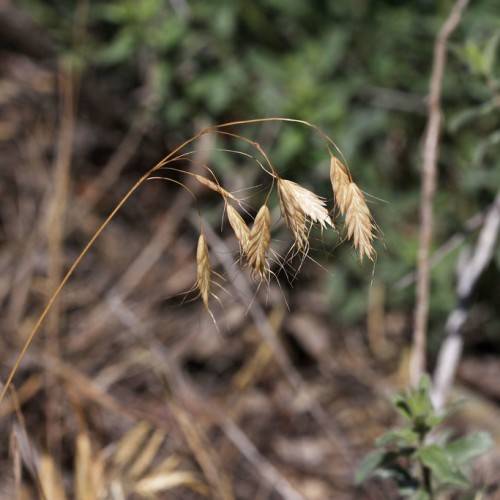
Field Brome
Bromus arvensis
Watering:
Minimal
Hardiness Zone:
Sun:
full sun,part shade
Growth Rate:
Low
Drought Tolerant:
Yes
Salt Tolerant:
Yes
Care Level:
Medium
watering
Harvest Brodiaea (Brodiaea coronaria subsp. coronaria) should be watered approximately once a week during the growing season. The best amount of water to provide is enough so that the soil is lightly moist but not soggy. Make sure to water the soil around the base of the plant so that the roots are not getting overwatered. Make sure to water each day, or at minimum every other day during hot weather periods. During the winter, water intermittently only when the soil appears dry. Avoid watering when the bulbs are in dormancy or the plant is not actively growing.
sunlight
Harvest Brodiaea (Brodiaea coronaria subsp. coronaria) thrives best when exposed to plenty of sunlight. This plant species needs at least 4 to 6 hours of direct sunlight per day, ideally in the morning and late afternoon, and some light filtered sunlight throughout the day. The intense midday sunlight can dry the soil too quickly and cause the plant to wilt, and in some cases, die. Brodiaea certainly can survive in partial or even full-shade, but optimal growth can only be achieved when exposed to a minimum of 4 hours of direct sunlight per day.
pruning
Harvest Brodiaea should typically be pruned annually in early summer, immediately after bloom. When pruning, be sure to only remove the flower stalks up to ground level; leave the foliage at its original height. Deadheading or removing the flower heads before the blooms fade will help encourage a second flowering and prevent excessive seeding. Pruning may also be done at the end of the season or in late summer to remove any foliage that has died or if the plant has become overgrown or out of shape.
